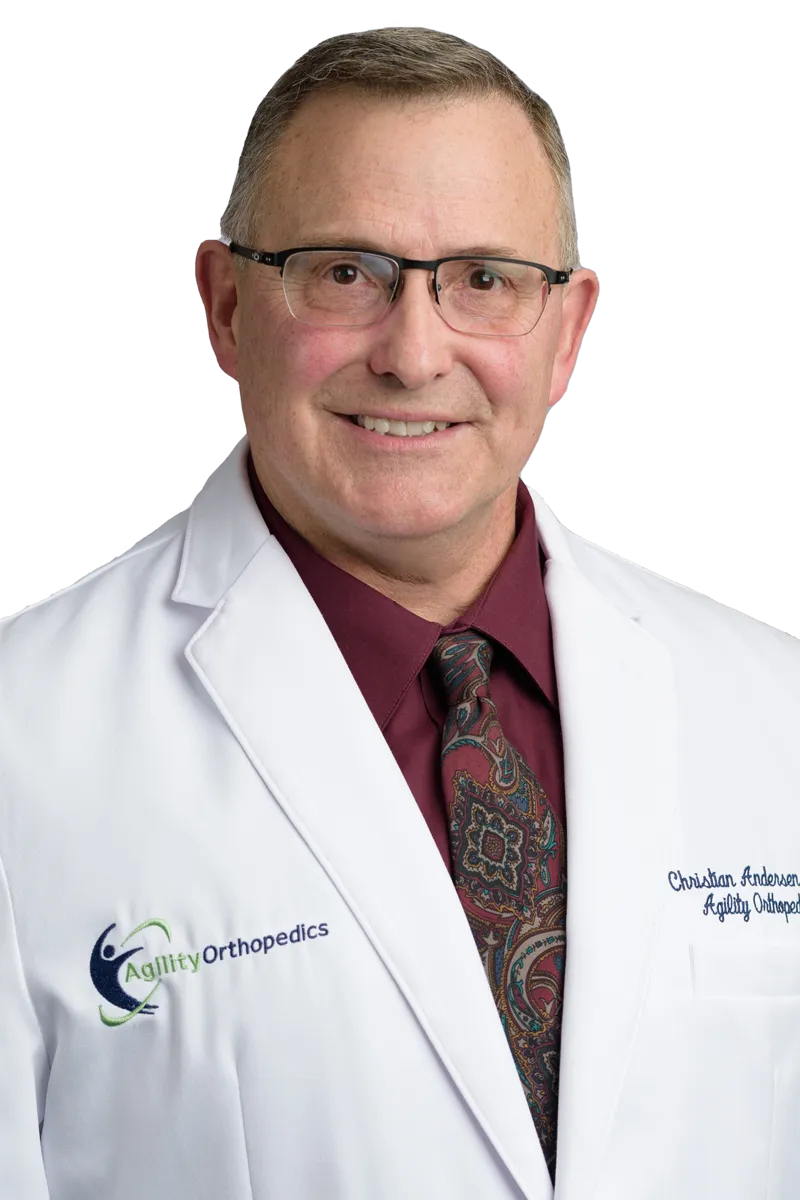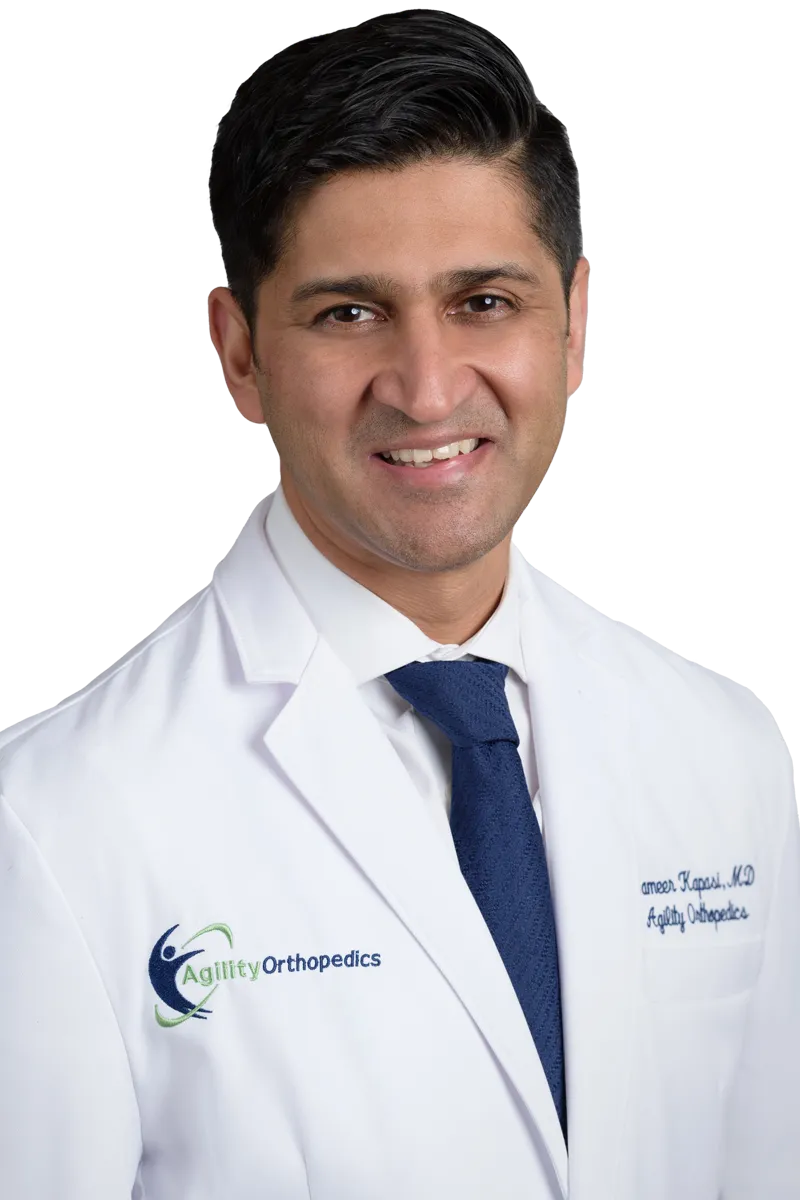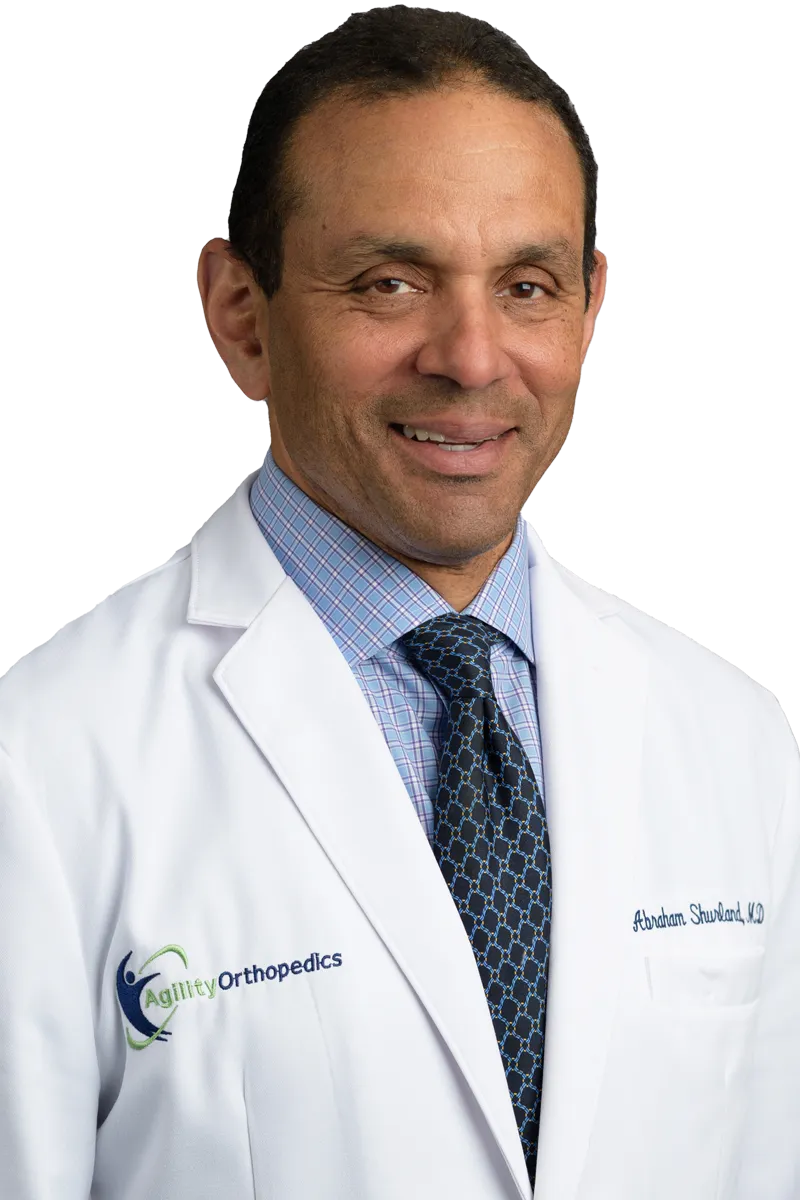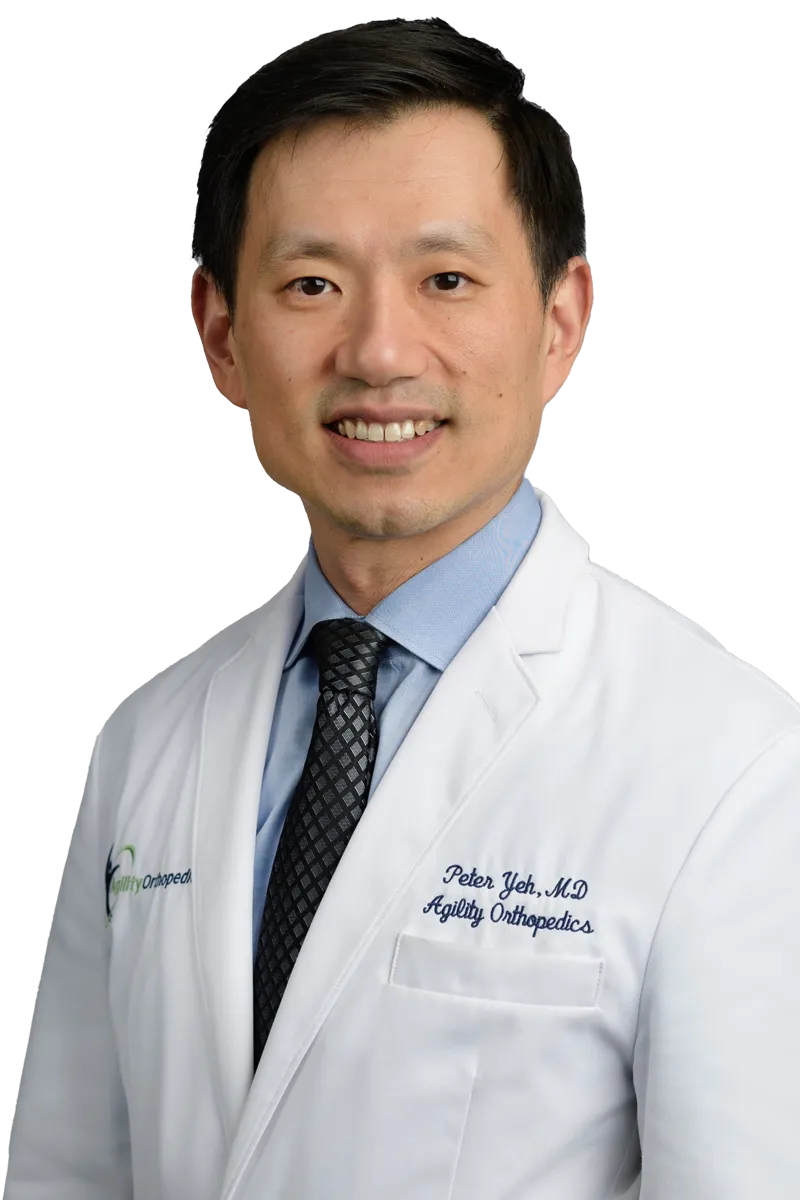Orthobiologics
Orthobiologics in Malden & Stoneham, MA
Orthobiologics Doctor in Malden & Stoneham, MA
Orthobiologics is an innovative technique for treating human illness by replacing or regenerating human tissues in order to restore normal function. Under the right circumstances, normally occurring biologic products can be taken from the patients and used to induce the healing process. In orthopedic care, these techniques have been used to treat conditions like tendinitis, ligament strains and arthritic conditions.
Orthobiologics, platelet-rich plasma (PRP) and prolotherapy are all regenerative medicine treatment options that are available to you and can be performed in an office setting. If medical techniques such as physical therapy and injections are not providing relief, orthobiologics is often a good option before considering a surgical approach.
Unlike most physician practices, Agility Orthopedics is the only orthopedic practice in New England credentialed and certified to perform these orthobiologics procedures under ultrasound guidance. This ensures accurate placement of these healing agents and provides the best chance of success. Although they don’t replace surgery, these new materials and techniques offer yet another cutting-edge choice for patients when standard treatments have failed to produce the desired result.
There are two main categories of orthopedic disease that can be treated with orthobiologics:
- Disorders of the tendons, muscles and ligaments. These are the tissues that connect our bones together and allow us to move our joints.
- Osteoarthritis, which is a wearing away of the cartilage in our joints.
The way in which orthobiologics work in these two disorders is very different.
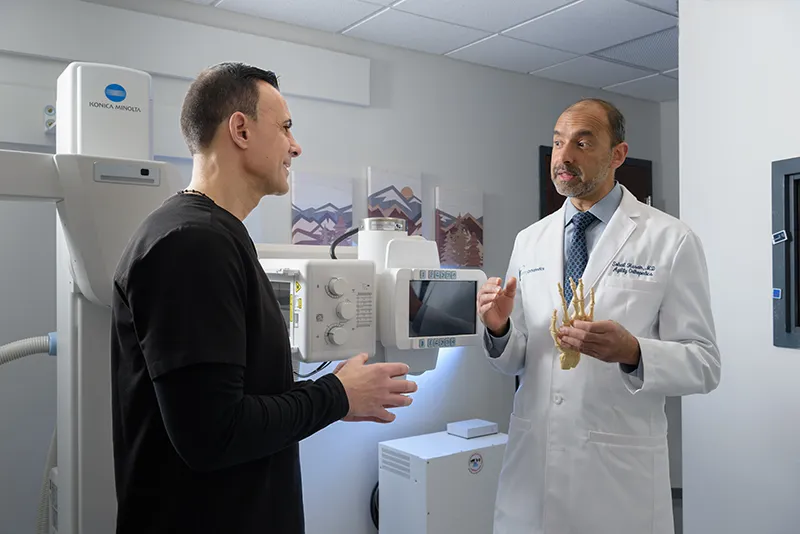
Tendonitis
In the case of tendonitis and some ligament and muscle strains, injuries usually heal on their own or with the help of physical therapy. When tissue breaks down from overuse, healing factors need to get to the location where the breakdown is occurring. Sometimes, the body is not able to get the healing factors to this location which prevents the body from getting better.
Examples that you may be familiar with include Achilles tendinitis or tennis elbow otherwise known as lateral epicondylitis. By injecting orthobiologics like PRP or stem cells we are introducing healing factors to the site of the problem and thus encouraging a healing response to occur. In these disorders, orthobiologics can sometimes provide amazing cures when the only other alternative would have been surgery.
Osteoarthritis
The other condition that can be treated with orthobiologics is osteoarthritis. Although our expectations are quite different because it is not yet possible to regrow cartilage as our joints wear out. What orthobiologics can offer is pain relief. Studies have shown that, in mild to moderate arthritis, PRP injections are more effective and have fewer side effects than cortisone or gel injections. Any of these techniques will allow you to be more active for longer and may delay the eventual need for joint replacement. Of course, the pain relief does not last forever and further injections will likely be necessary in the future.
Sources:
- Platelet-Rich Plasma: Review of Current Literature on its Use for Tendon and Ligament Pathology. Cameron Kia et al. Curr Rev Musculoskelet Med. 2018 Dec.
- Intra-articular injections of platelet-rich plasma, hyaluronic acid or corticosteroids for knee osteoarthritis : A prospective randomized controlled study. Yong Huang et al. Orthopade. 2019 Mar.
- Platelet-rich plasma intra-articular injection versus hyaluronic acid viscosupplementation as treatments for cartilage pathology: from early degeneration to osteoarthritis. Elizaveta Kon et al. Arthroscopy. 2011 Nov.
Orthobiologics Providers
The Learning Center
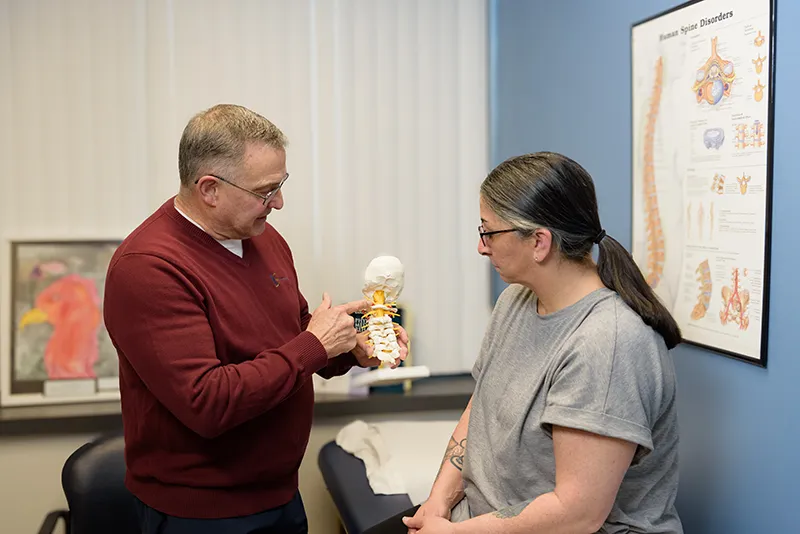
All About PRP
PRP (platelet rich plasma) is a subtype of biologic injection. There are essentially 3 different biologic families that are…
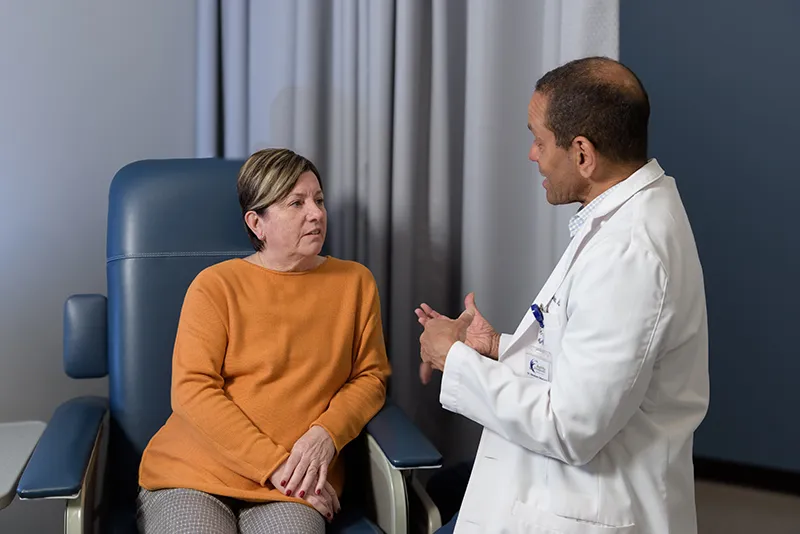
Can PRP Help You?
At Agility Orthopedics, our team of clinical providers does everything possible to avoid surgery. When you come in…
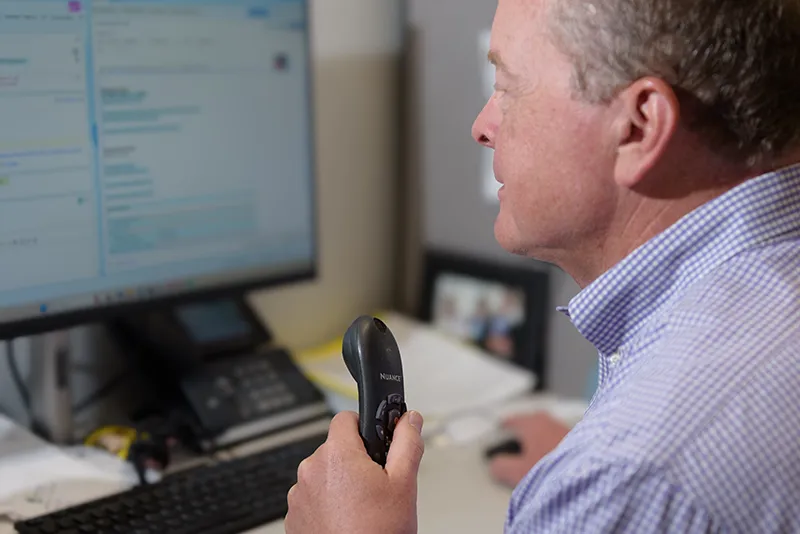
Osteoarthritis
There are more than a hundred types of arthritis, and these affect men and women of all ages and races. While each form has…
